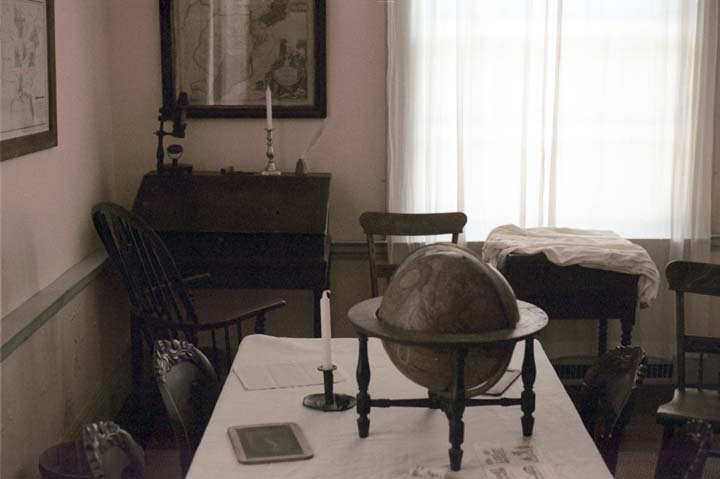Arlington National Cemetery is on what was the Robert E. Lee estate. When Lee left to accept a commission with the Confederacy, the Union confiscated the estate under a pretext of back taxes, which they made impossible to pay. A cemetery was placed here to emphasize Lee's role in prosecuting the war and through his efforts, adding to the Union death toll.
Eventually Lee's son accepted a settlement in payment for the estate, for by then it was impractical to return it to the family for its use as a homestead.





